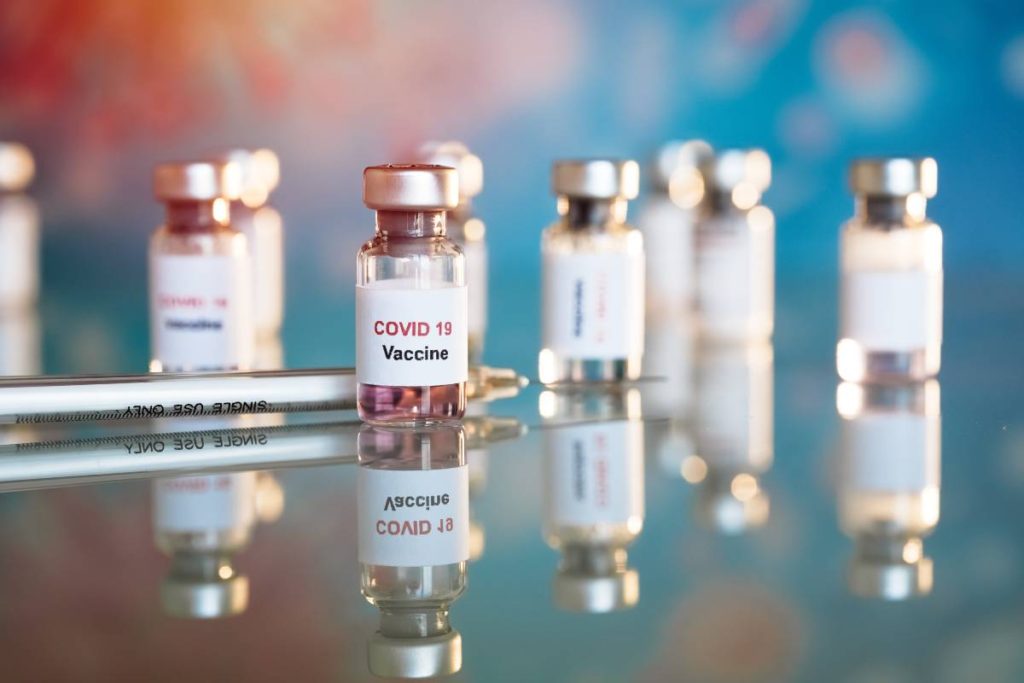Mid-December marks 9 months since the COVID-19 outbreak was elevated to pandemic status by the World Health Organization (WHO) and since the White House declared a national emergency. Recently, vaccine development has seen significant progress, with a number of vaccines currently in Phase 3 trials. The Pfizer-BioNTech vaccine has been given full approval in Canada, as well as emergency authorization elsewhere [1]. As states prepare to receive their first vaccine shipments, government and public health agencies have focused on developing guidelines for the order in which COVID-19 vaccines will be distributed to different groups [2].
Developing a COVID-19 vaccine distribution order, and drug distribution plans in general, requires careful consideration of epidemiology, public health guidelines, and ethics. The Center for Disease Control and Prevention (CDC) released a document at the end of October that outlined recommendations for identifying critical populations and preparing for vaccine distribution [3]. In particular, these guidelines encouraged government agencies and other administrations to plan for three phases: limited vaccine supply, large number of doses available, and surplus.
Early in the distribution process, efforts should focus on priority populations, such as healthcare personnel, essential workers, and people at high risk for severe disease. Importantly, the CDC also highlights populations at increased risk of infection and transmission, including minority groups, tribal communities, prisoners, and homeless people, as well as those with limited access to vaccination services, such as the uninsured [3].
The WHO Strategic Advisory Group of Experts on Immunization released similar recommendations on identifying priority groups for Covid-19 vaccine distribution (5). This committee’s decisions were guided by six key principles: human well-being, equal respect, global equity, national equity, reciprocity, and legitimacy. In addition to the priority groups identified by the CDC, the WHO points out school-aged children, vaccine production and administration-related personnel, and migrants and displaced people [5].
Given the global burden of COVID-19, it is essential that public health agencies plan to make vaccine distribution as efficient as possible. The pandemic has disproportionately affected disadvantaged groups in many ways, a sobering fact that underscores the need for a COVID-19 vaccine distribution order that is also equitable. The CDC Advisory Committee on Immunization Practices published the ethical principles guiding their recommendations: maximizing benefits and minimizing harms, mitigating health inequities, promoting justice, and promoting transparency [4]. The initial recommendations for Phase 1 of vaccine distribution focused on healthcare personnel, but also residents of long-term care facilities. Though states do not have to follow CDC recommendations, officials expect that most will [2].
Perhaps unsurprisingly, certain decisions in the recommended COVID-19 vaccine distribution order are facing backlash [6]. While most may agree that frontline healthcare workers must be included in the first wave of vaccinations, some are voicing complaints against the higher priority of incarcerated people compared to the general population. However, studies show that the population of 2.3 million is more than 5 times more likely to develop COVID-19 and that outbreaks in prison have spread to surrounding communities already [6].
With one vaccine already being distributed and others likely on the way, the outlook on the COVID-19 pandemic grows more hopeful. However, remaining challenges include decisions on COVID-19 vaccine distribution order and supply chain logistics.
References
1. Zimmer C, Corum J, and Wee SL. “Coronavirus Vaccine Tracker” (Updated December 10, 2020). The New York Times. Available: https://www.nytimes.com/interactive/2020/science/coronavirus-vaccine-tracker.html
2. Goodnough A. “Who Will Get the Coronavirus Vaccine First?” (Updated December 4, 2020). The New York Times. Available: https://www.nytimes.com/2020/12/01/health/covid-vaccine-distribution-first.html
3. Centers for Disease Control and Prevention. “COVID-19 Vaccination Program Interim Playbook for Jurisdiction Operations” (October 29, 2020). Available: https://www.cdc.gov/vaccines/imz-managers/downloads/COVID-19-Vaccination-Program-Interim_Playbook.pdf
4. Centers for Disease Control and Prevention. “How CDC is Making Vaccine Recommendations” (Updated December 3, 2020). Coronavirus Disease, Centers for Disease Control and Prevention. Available: https://www.cdc.gov/coronavirus/2019-ncov/vaccines/recommendations-process.html
5. World Health Organization. “WHO SAGE values framework for the allocation and prioritization of COVID-19 vaccination” (September 14, 2020). Available: https://apps.who.int/iris/bitstream/handle/10665/334299/WHO-2019-nCoV-SAGE_Framework-Allocation_and_prioritization-2020.1-eng.pdf
6. Thompson SA. “Find Your Place in the Vaccine Line” (December 3, 2020). The New York Times. Available: https://www.nytimes.com/interactive/2020/12/03/opinion/covid-19-vaccine-timeline.html
